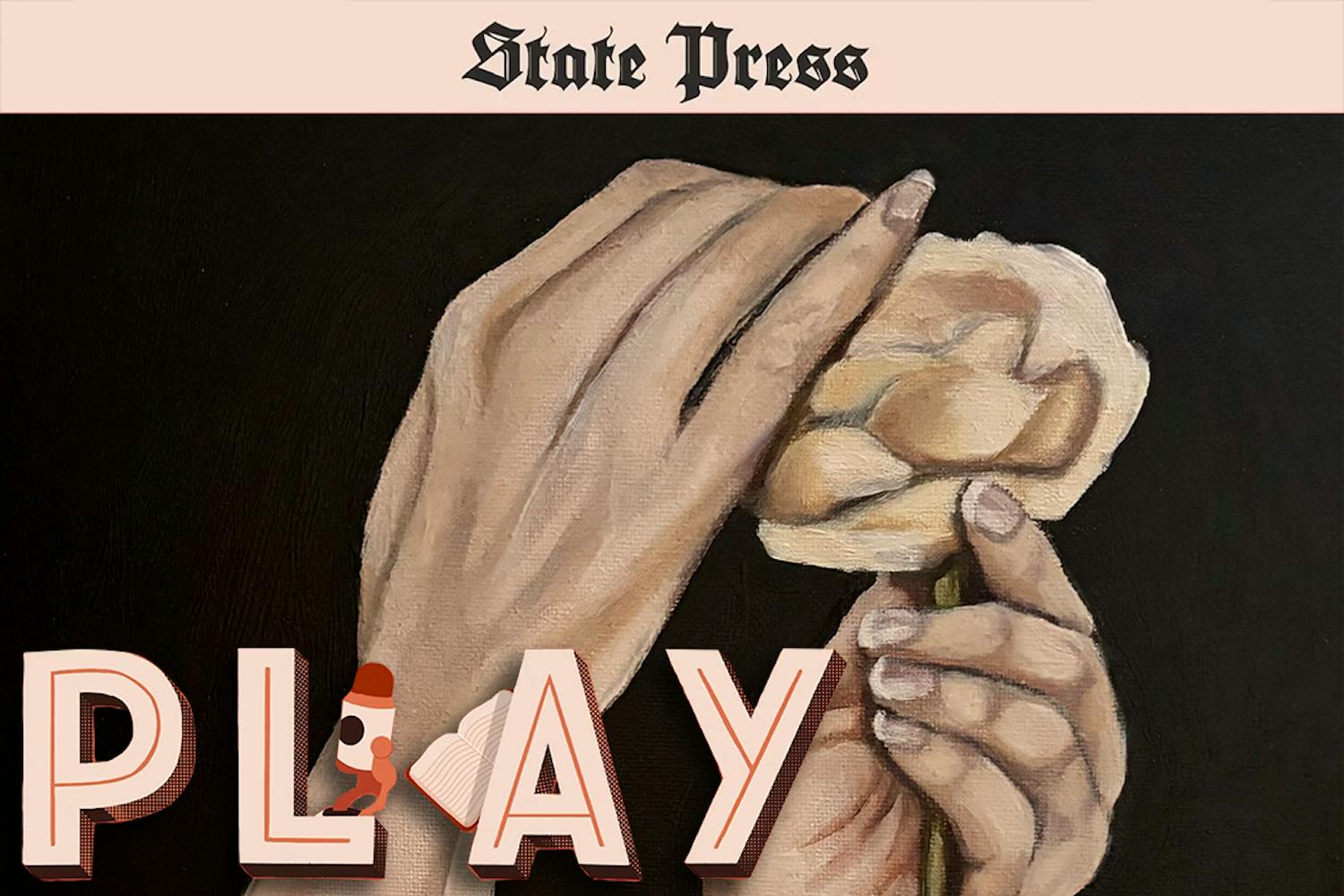University students taking introductory-level courses with part-time instructors are more likely to drop out after their first year, according to a new study.
The study, conducted by Audrey Jaeger, education professor at North Carolina State University, and Kevin Eagan, college administration doctoral student at UCLA, found that part-time faculty members are less motivated because they often receive lower wages and no benefits or office space.
"Part-time faculty are generally more dissatisfied with their jobs," Eagan said.
Part-timers usually have other responsibilities, he added, and are thus less able to focus just on teaching.
Students, in turn, are less likely to bond with part-timers because they view the employees as less dependable, he said.
"Connecting with faculty and getting some of that academic support is really critical to student success," Eagan said. "As exposure to part-time faculty increases, the likelihood of persisting to a second year decreases."
The study examined only introductory courses with more than a 90-student enrollment total. It found a retention decrease of 2 percent when part-time faculty taught the courses instead of full-time.
But for a large school like ASU with a middling first-year retention rate — 79 percent in 2006, according to ASU reports — 2 percent could mean the difference between being standard or sub-par.
ASU documents show that, since 2002, the proportion of part-time to full-time faculty members has remained relatively constant, with one in every seven faculty members working part-time. Nationally, according to the study, about 43 percent of college teachers were part-time in 2003.
Gregory Morehead, ASU business management professor, said businesses choose to hire part-time employees because it offers them financial flexibility that cannot be achieved with full-timers.
"If you don't need them next quarter, you don't hire them," he said.
Psychology junior Carly Konieczny said her experiences with part-time instructors have been positive.
She took one of her introductory courses with a part-time instructor who concurrently ran a private practice.
"She was one of the best [instructors], as far as her teaching style," Konieczny said.
And, with possible legislative budget cuts looming over ASU and rapid University expansion planned, flexibility is necessary, according to a 2007 personnel report from the Arizona Board of Regents, the governing body for the state universities.
But, "reliance on part-time faculty and full-time instructional staff without tenure to meet undergraduate instructional needs is a short-term solution," the report said.
Still, ASU has a 31-to-one tenured or tenure-track faculty to student ratio, while similarly sized schools like Ohio State University and the University of Texas, Austin have about a 20-to-one ratio, according to the report.
Reach the reporter at: daniel.newhauser@asu.edu.



